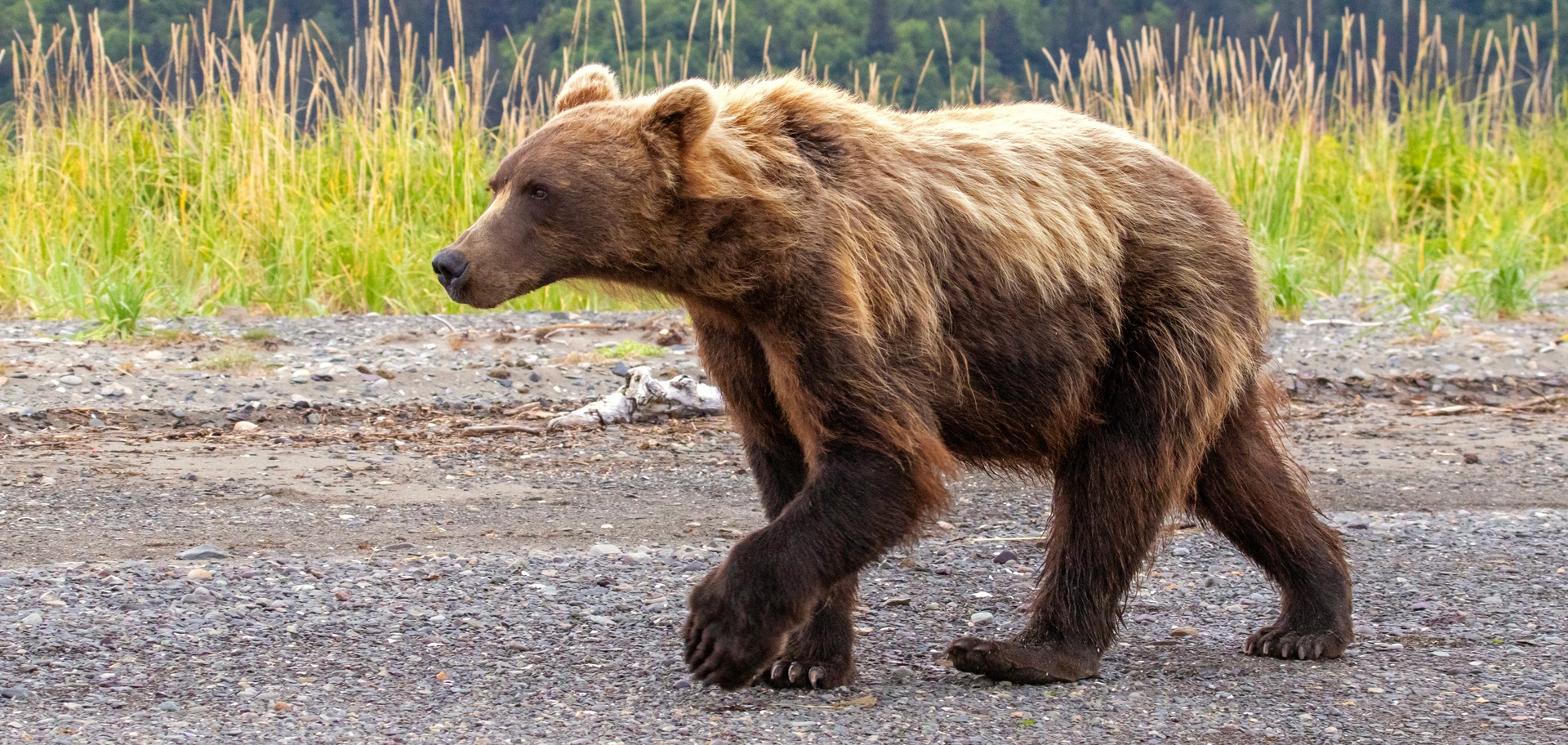
In late spring through midsummer, brown bears gather in high numbers in Chinitna Bay’s salt marshes to graze on the protein-rich sedges and other plants. ©Candice Gaukel Andrews
Alaska’s Chinitna Bay on Cook Inlet near Lake Clark National Park and Preserve is the very heart of coastal brown bear country, according to the National Park Service. And now, having visited it, I can say I wholeheartedly agree.
Here, in the estuaries where rivers flowing out of the mountains meet the sea, food is almost free for the taking from early spring until the bears return to their dens in the fall. I say “almost” because the bears do have to dig, fish or forage for it.
Salt marshes are among the most productive ecosystems in the world, and they are a prominent feature of Lake Clark National Park and Preserve’s coastline. They act as buffer zones between freshwater and saltwater, creating a brackish environment affected by tidal fluctuations. This makes these areas unique by harboring plant communities of salt-tolerant grasses and sedges that support a wide range of animals, including migratory birds, fish, intertidal invertebrates, moose, river otters, other small mammals, shorebirds, songbirds, waterfowl and a dense population of coastal brown bears.
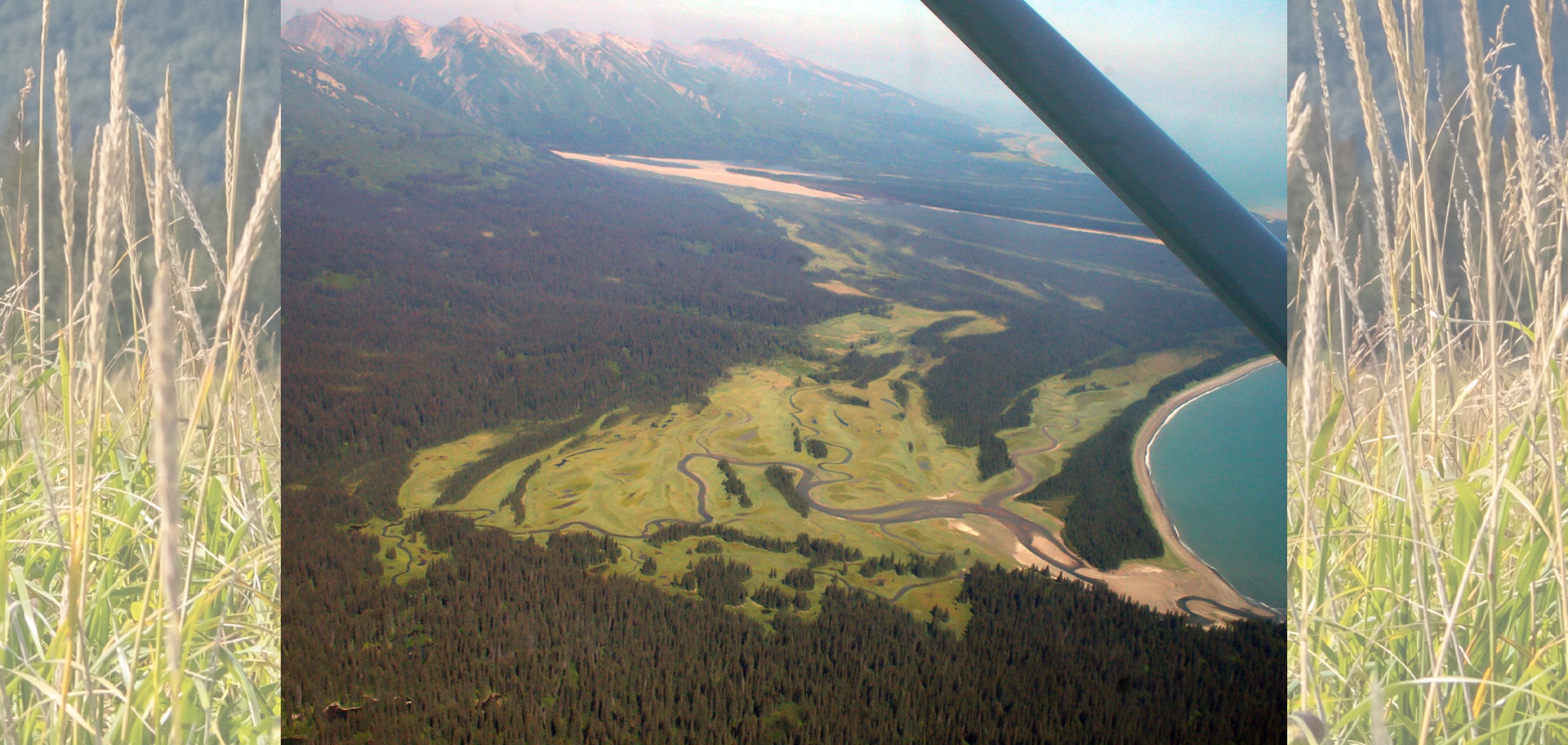
Visitors flying to Chinitna Bay get an overview of the salt marshes that the bears graze in for much of the summer.
Coastal salt marshes are crucial for coastal brown bears
Coastal salt marshes comprise less than 1% of Lake Clark National Park and Preserve, yet they are critical for the survival of the park’s brown bears. Each spring, brown and black bears congregate in these marshes and meadows to graze on the fresh, green sedges after winter hibernation. With their fat reserves depleted and with young cubs to feed, bears emerge from their dens in need of high-protein nutrition. Young sedges in the salt marshes are a vital, early-season source of that needed nutrition.
During low tide, bears leave the salt marshes for the adjacent mudflats to dig razor clams and other bivalves. Tidal streams bisecting the salt marshes provide nursery habitat for a variety of juvenile fish. In late summer, salmon enter the salt marsh streams on their way to their spawning grounds. As these fish arrive, bears transition from sedges to salmon in preparation for the upcoming winter months.
Coastal salt marshes are essential for the Earth
The salt marshes are important in protecting the vibrant ecosystem of Chinitna Bay by limiting coastal erosion caused by ice, water and wind; and by buffering wave action and trapping sediment. They also act as filters for water-quality improvement. As saltwater flows through a salt marsh, marsh grasses and peat (a spongy matrix of decomposing organic material, live roots and soil) act as enormous natural filters of pollutants—such as heavy metals and waste—as well as nutrients and sediments. These natural filters can be thought of as water filters that sift through impurities, resulting in clean drinking water; only in this case, these filters are holding onto key nutrients necessary to sustain life.
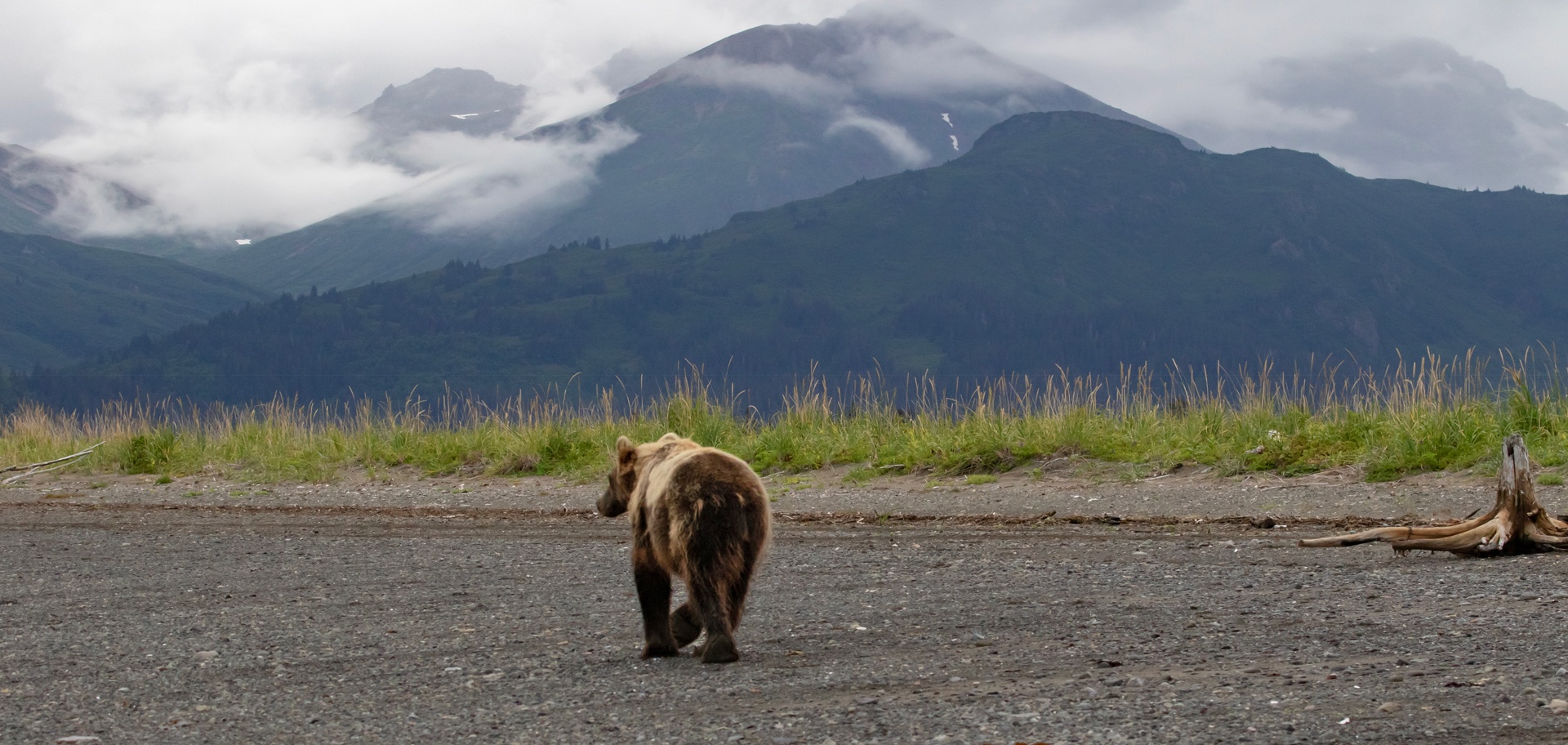
The coastal marshes of Lake Clark National Park and Preserve may represent a minor habitat by acreage in comparison with the vast, alpine interior, but their ecological value looms large when accounting for the species diversity that the habitat sustains. ©Candice Gaukel Andrews
In addition, coastal wetlands, such as these salt marshes, are effective carbon sinks, storing carbon within their plant communities and soil instead of releasing it into the atmosphere as carbon dioxide. Plants act as sponges, soaking up carbon into their roots and the soil, effectively holding twice as much carbon as the atmosphere. Most soil carbon is derived from photosynthesis, which takes carbon from the plant material into dense root systems for storage, creating a cyclic carbon storehouse. Plants use energy from the sun to chemically combine carbon dioxide with hydrogen and oxygen from water to create sugar molecules.
Animals that eat plants digest these sugar molecules to obtain energy. Respiration, excretion and decomposition release the carbon back into the atmosphere or soil, thus continuing the cycle. Ultimately, then, salt marshes are important in helping to moderate global climate conditions at an early stage in the Earth’s complex carbon cycle.
Coastal salt marshes are “bear proof”
The coastal marshes of Lake Clark National Park and Preserve may represent a minor habitat by acreage, in comparison with the vast, alpine interior with its hundreds of lakes and waterways. However, the ecological value of coastal wetlands carries a lot of weight, when we consider the biodiversity that the habitat sustains.
All you have to do is look to the bears (see below) for proof.
Here’s to finding your true places and natural habitats,
Candy
Visit the brown bears and salt marshes of Lake Clark National Park and Preserve at our private Alaska Bear Camp!

Since it is so challenging to reach Lake Clark National Park and Preserve, it sees far fewer visitors than some other Alaskan parks. Most fly in by small, private plane. ©Candice Gaukel Andrews

Ninety-five percent of brown bears in the United States live in Alaska, and Lake Clark National Park and Preserve supports a healthy and stable population of them. ©Candice Gaukel Andrews
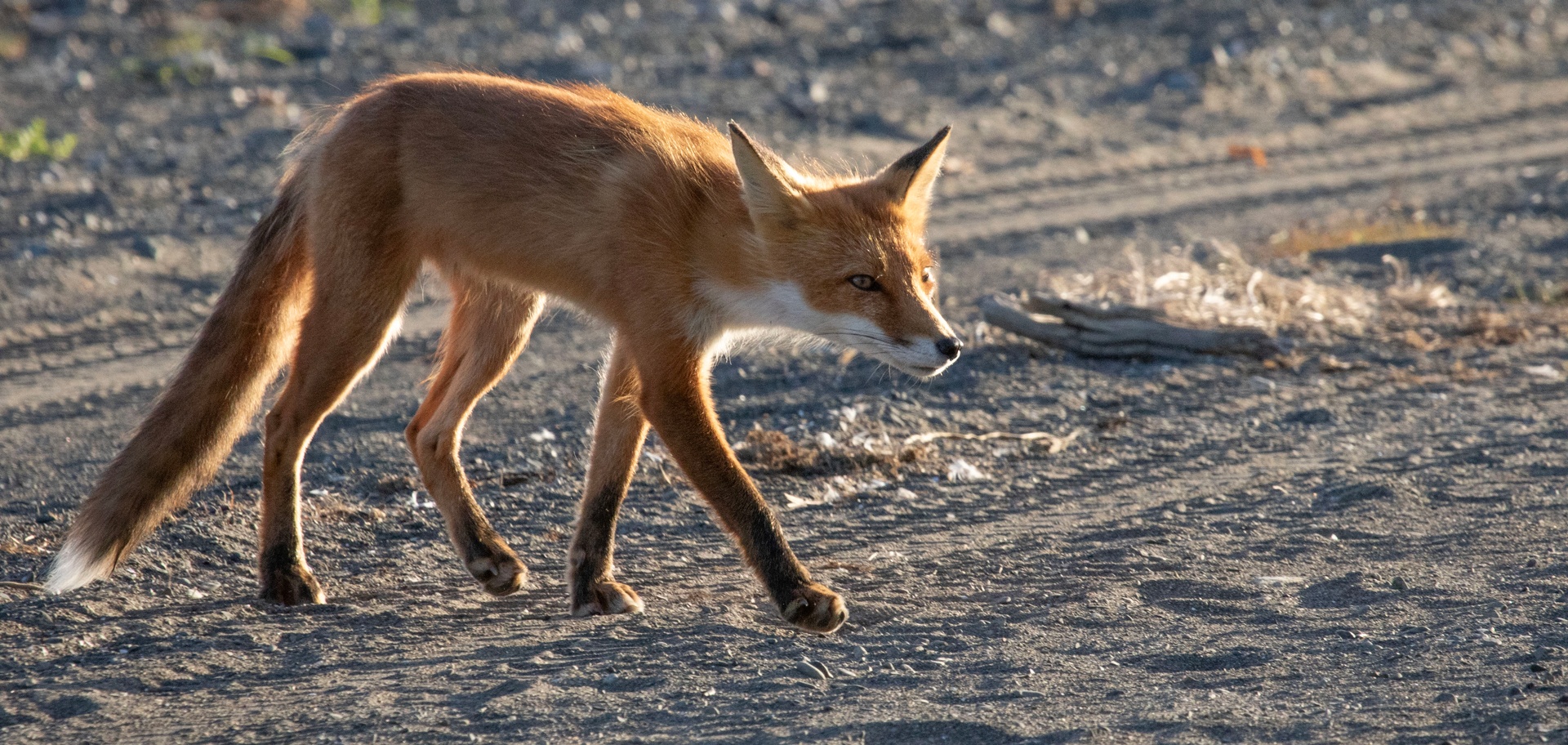
Red foxes are also found throughout Lake Clark National Park and Preserve—and much of Alaska. They can have many color phases, including black, red and silver. ©Candice Gaukel Andrews
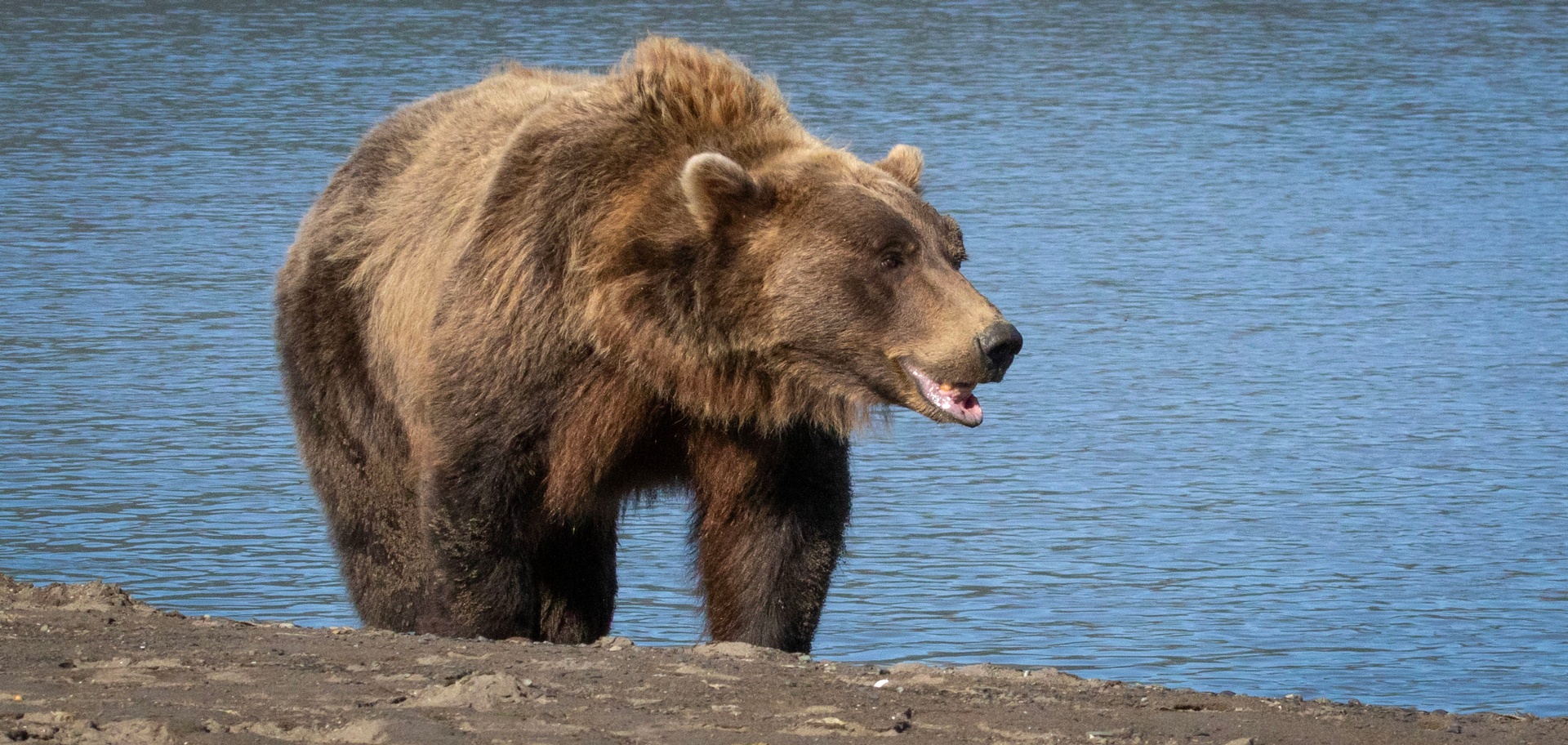
“Brown” and “grizzly” are common names for the same species; the difference between the two is geographic location, which influences behavior, diet and size. Those that live in coastal areas are called brown bears, while inland bears that have limited or no access to marine-derived foods are called grizzlies. Both have the distinctive large shoulder hump; long, curved claws; and a wide head with a concave profile, often described as “dish-faced.” In Lake Clark National Park and Preserve, both coastal and inland bears belong to the subspecies “Ursus arctos horribilis”; and, generally, all are referred to as brown bears, although both terms are acceptable. ©Candice Gaukel Andrews
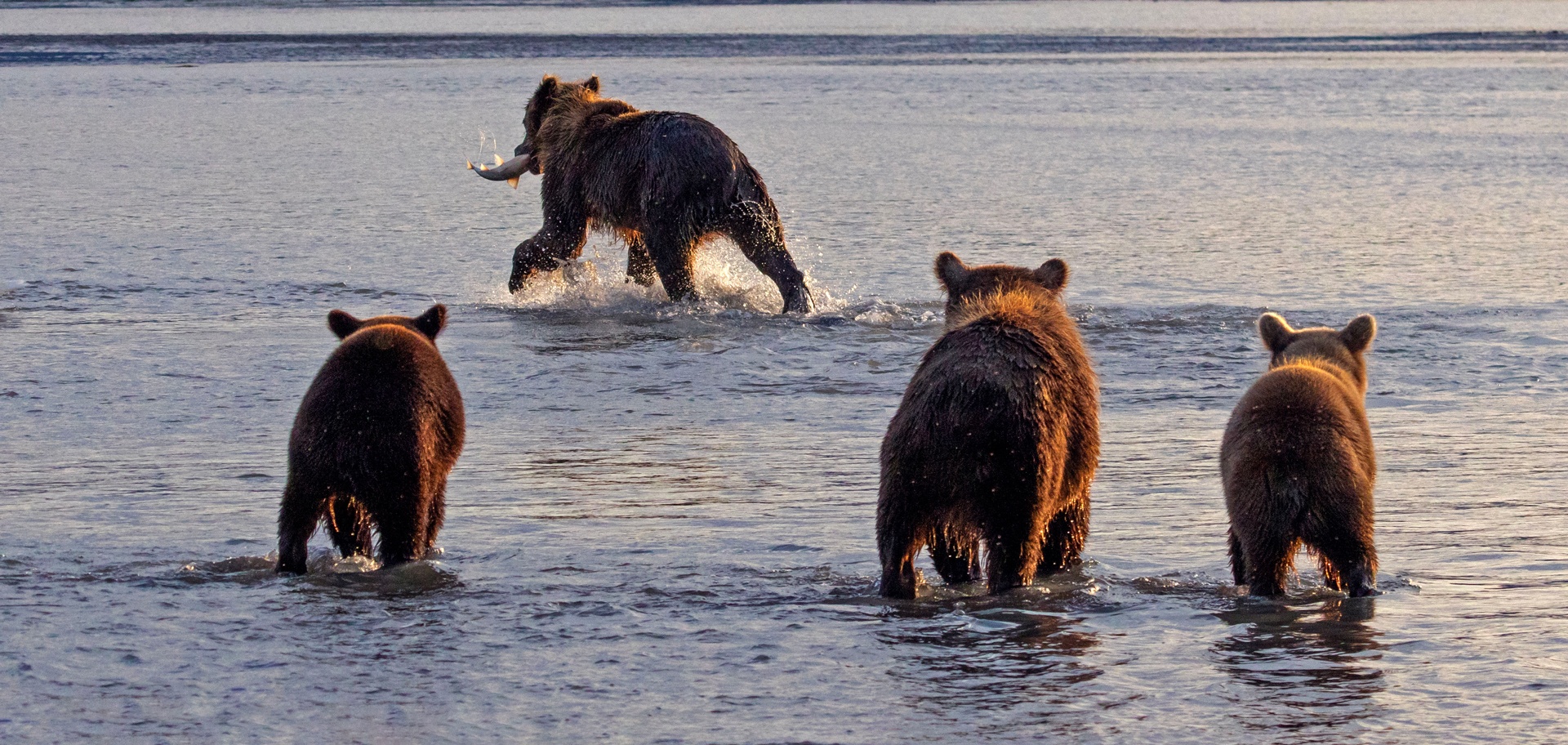
Coastal habitats are a critical, abundant “supermarket” of protein sources that the bears need after emerging from hibernation in the spring. ©Candice Gaukel Andrews
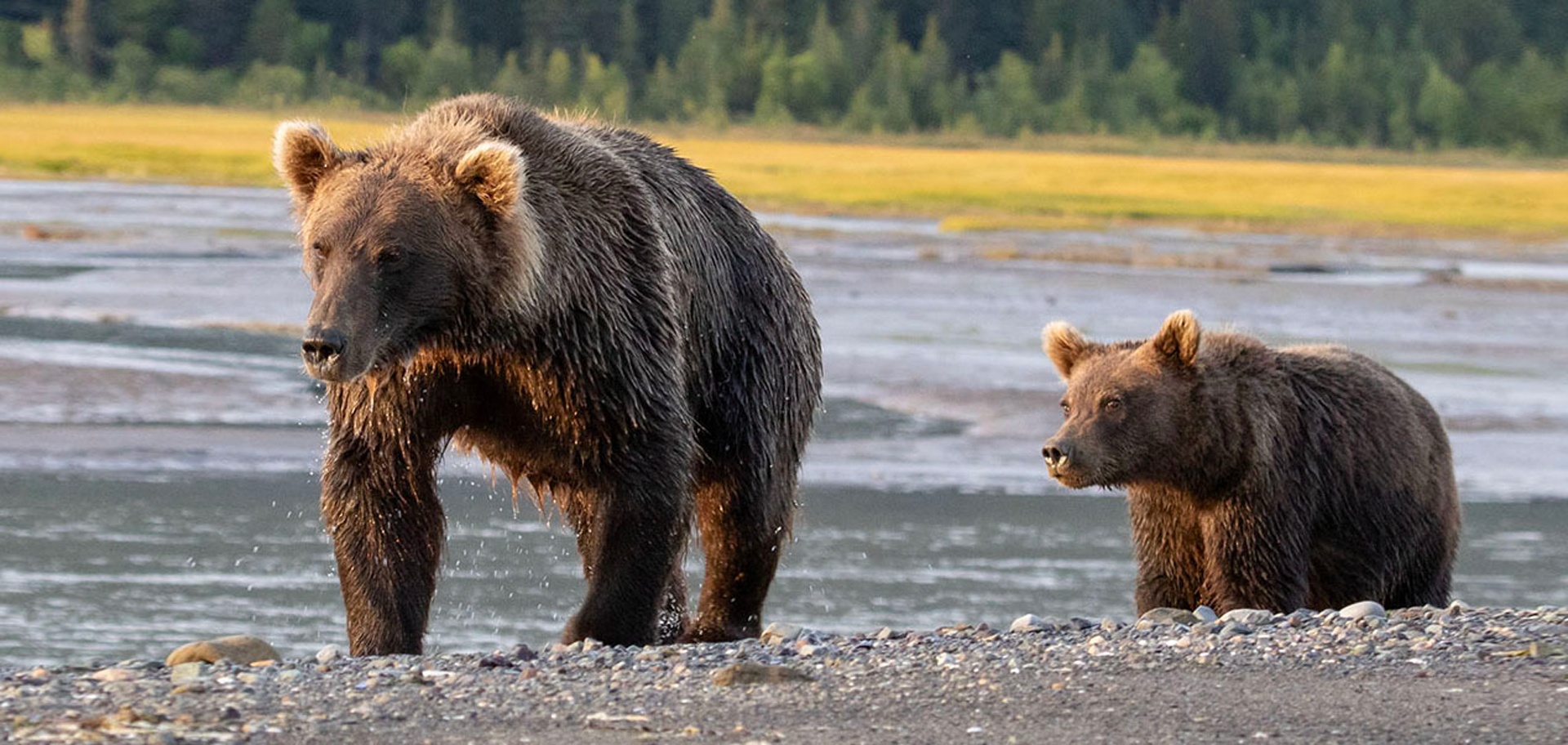
Lake Clark National Park and Preserve’s coast also provides brown bears with protein-rich sedges—such as “Carex ramenskii” and other salt-tolerant plants—that are necessary for a bear’s survival and for feeding young cubs. ©Candice Gaukel Andrews
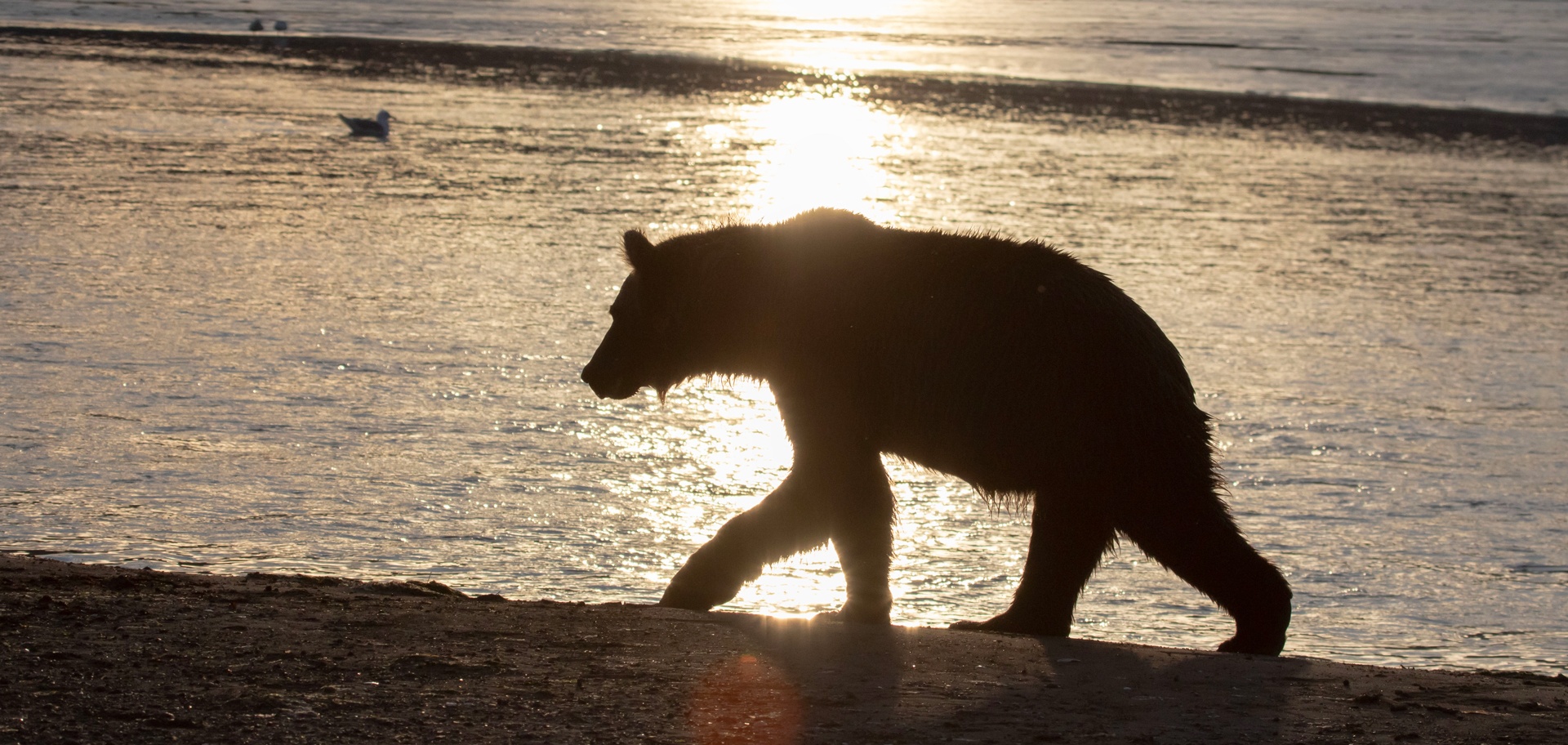
Chinitna Bay is proof of the value of coastal wetlands: they give us a glimpse of the truly wild. ©Candice Gaukel Andrews
The post Photo Essay: The Brown Bears and Salt Marshes of Chinitna Bay, Alaska first appeared on Good Nature Travel Blog.